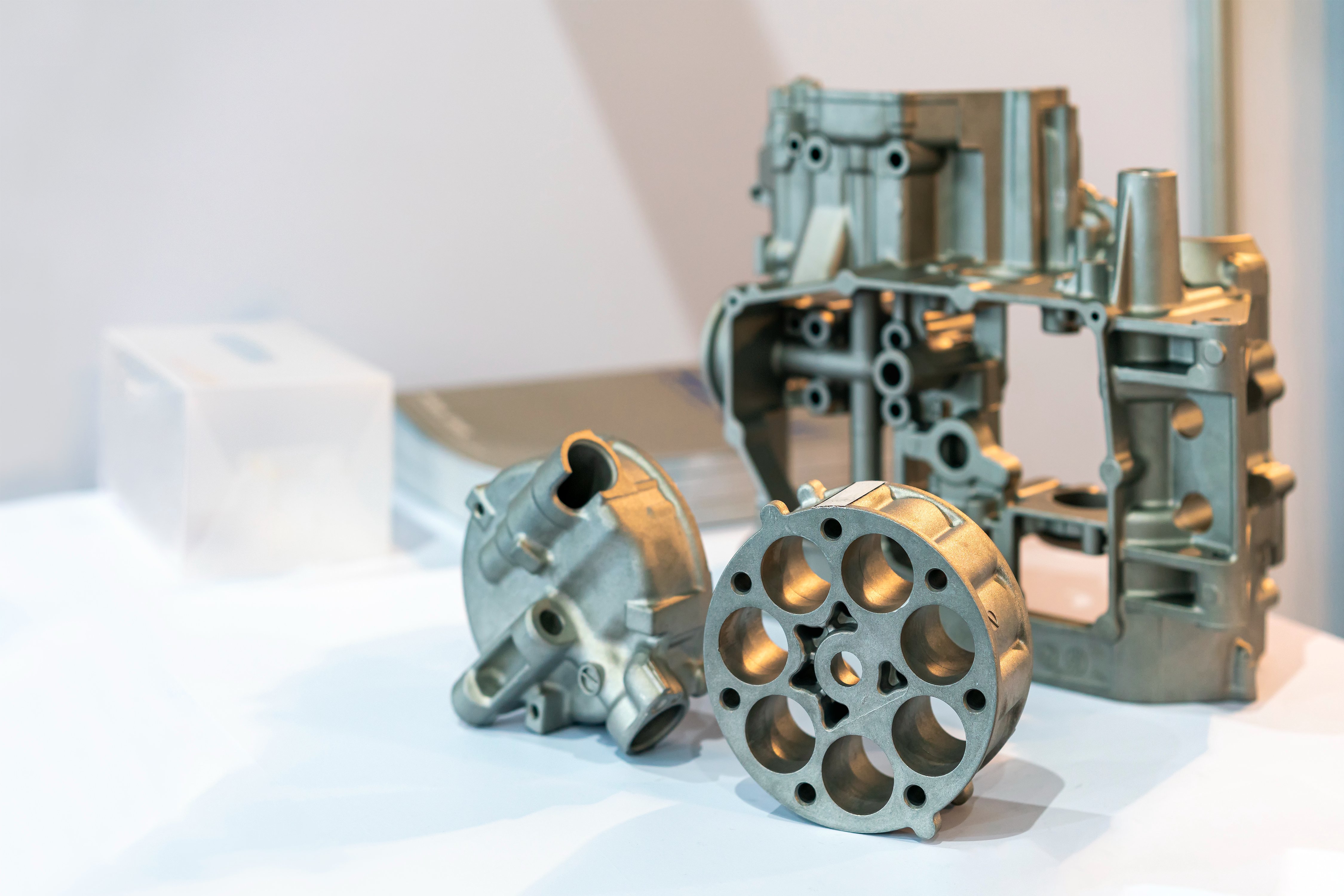Advantage 5 Exclusive prototype material technology
The unique technology process utilized at Chain-Ray allows the material used to be the same from prototype to mass production.
As a customer, you need to be able to verify product function and market acceptance. Before the mass production of a new product begins, our clients receive their product samples by using 3D printing, CNC processing, or silicone casting. Typically, the prototyping stage is different from mass production when metal injection molding, metal fabrication, metal die casting, metal powder metallurgy, metal lost wax casting, metal injection molding, or plastic injection molding is used. You don’t want to take the risk of a gap between the prototype and the real, finished product.
Fortunately, Chain-Ray’s mechanical engineering team has made a major breakthrough in this arena. We have developed a unique new processing technology to produce samples and prototypes by using the same material of the actual product in the mass production stage. It successfully eliminates the gap and any differences between the sample test and the actual product.
CNC Machining
At present, in the production of samples, models or prototypes of mechanical parts, CNC machining is the most widely used method. That’s because both plastic and metal materials can be produced with CNC machining, and the sample accuracy is high. This satisfies customer requirements for product outlook, geometry, and structure. The customer can verify that the internal and external structure is correct, and whether the electronic components can be jointly assembled. CNC machining is suitable for the production of around 5 to 10 pieces, or a small number of product models.
Silicone Casting
Chain-Ray's silicone casting capability maintains the same quality level as the real finished product during the mass production stage. This includes products with a glossy level, texture level, or color level involved. The prototype can be made completely the same as the finished product that each customer receives. That means you’ll feel confident that your prototype is a precise demonstration of what your end customers will see. It gives you a better understanding of market feedback before you invest in the cost of creating molds.
We believe that deciding on the most suitable design and product manufacturing process depends on full communication between the customer and the mechanical component expert team. When you work with Chain-Ray, you also get the support of more than 200 suppliers and manufacturers around the world. With both breadth and depth of each step of the process, Chain-Ray offers a truly comprehensive service.
Case study: Although collectively called "aluminum alloy", each aluminum alloy material is actually very different, what should we do?
Even if you are not familiar with aluminum alloy, you must know that aluminum alloy material can be divided into hundreds of numbers according to the different alloy composition and content; for example: 6061 aluminum alloy is made of magnesium and silicon as the main alloy elements, which has good thermal conductivity. However, if the ADC 12 aluminum alloy is chosen for the die-casting process, the heat dissipation problem will be insufficient due to the high content of ADC 12 impurities, and additional heat dissipation holes must be opened on the product. However, Chain-Ray is now able to apply ADC 12 in the sample or model making stage through special processing technology, helping customers to identify the problem in advance at the sample or model making stage, and to think of countermeasures to avoid the negative impact of repairing or modifying the molds afterwards, increasing the production cost and delaying the product launch.
